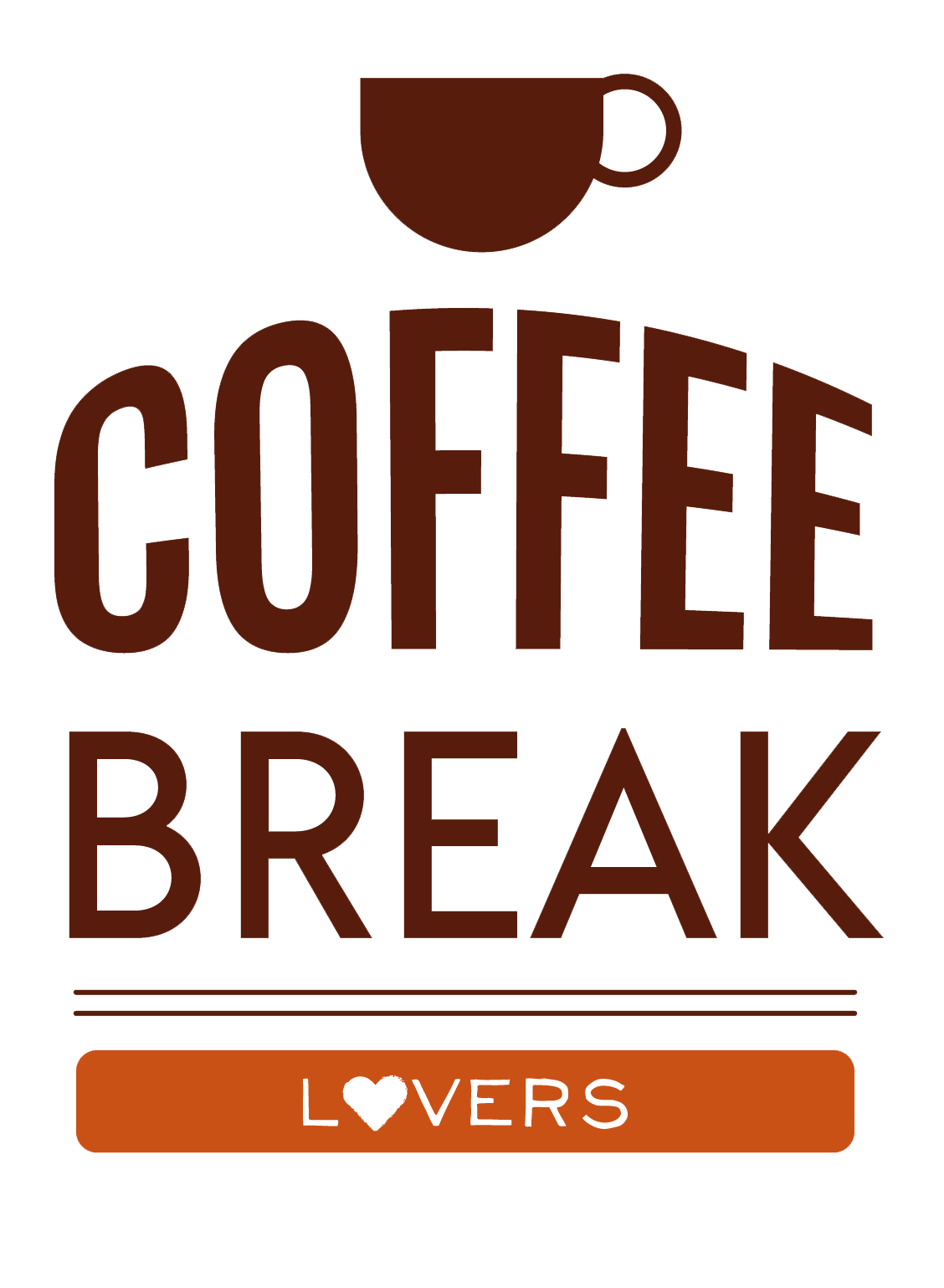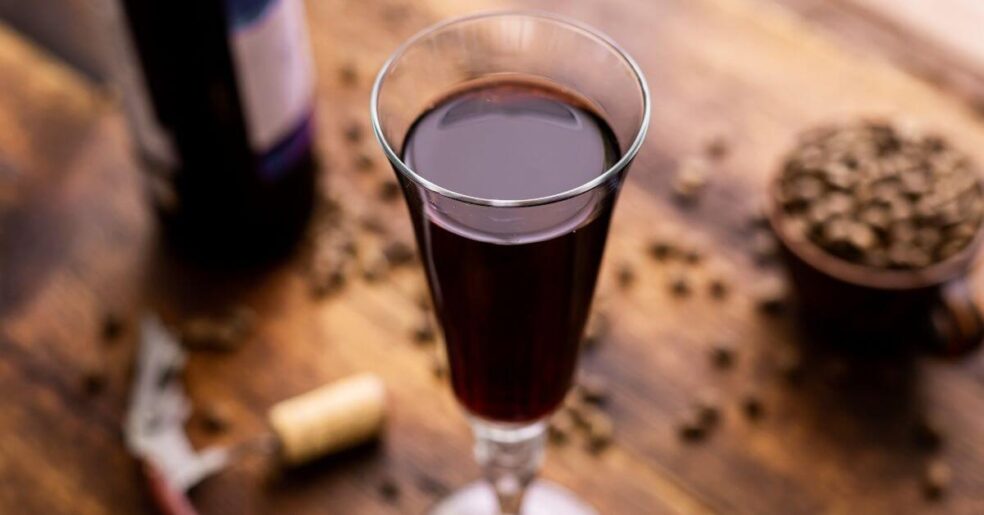Coffee cocktails are nothing new. There’s Irish coffee, Caffe Corretto, and many other alcoholic coffee drinks from around the world. But have you heard of coffee wine?
It’s a relatively obscure drink that many people aren’t familiar with yet.
In this post, we’re going to talk all about coffee wine, including:
- what is coffee wine,
- where you can find coffee wine, and
- the process of making coffee wine
By the end, you’ll be an expert on this brand-new drink!
What Is Coffee Wine?
Coffee wine is coffee that’s gone through the fermentation process. During this process, yeast consumes sugars to create alcohol and carbon dioxide. What’s left at the end is a wine that’s been made from coffee!
Unlike fruit which contains its own natural sugars, coffee requires sugar and other ingredients to be added to begin the wine-making process.
So, coffee wine isn’t just a cup of joe that’s been left out for a couple of months. Instead, it’s a large pot of coffee that’s been prepared specifically for fermentation.
Keep in mind there are a few alcoholic coffee drinks out there that are not the same thing as coffee wine. Specifically, we’re talking about:
- coffee liqueurs
- whisky or wine-infused coffees and
- coffee-infused wines
Let’s quickly compare each of these to coffee wine so you know what to look out for.
Coffee-Infused Wine
Coffee-infused wine is a wine with cold brew coffee added. It’s made by winemakers and sold in bottles just like regular wine.
There seems to be some confusion out there because a search for coffee wine will also turn up results for coffee-infused wine. (They’re not the same thing!)
Coffee-infused wine is a rare and exotic drink that’s not widely available. And it’s only really sold by a company called Apothic Wines.
Their product, called Apothic Brew, combines the red fruit notes of red wine with the low-key mocha undertone of a cold brew. By comparison, coffee wine contains no fruit.
This drink is generally considered sweet, smooth, and not recommended as a dinner wine.
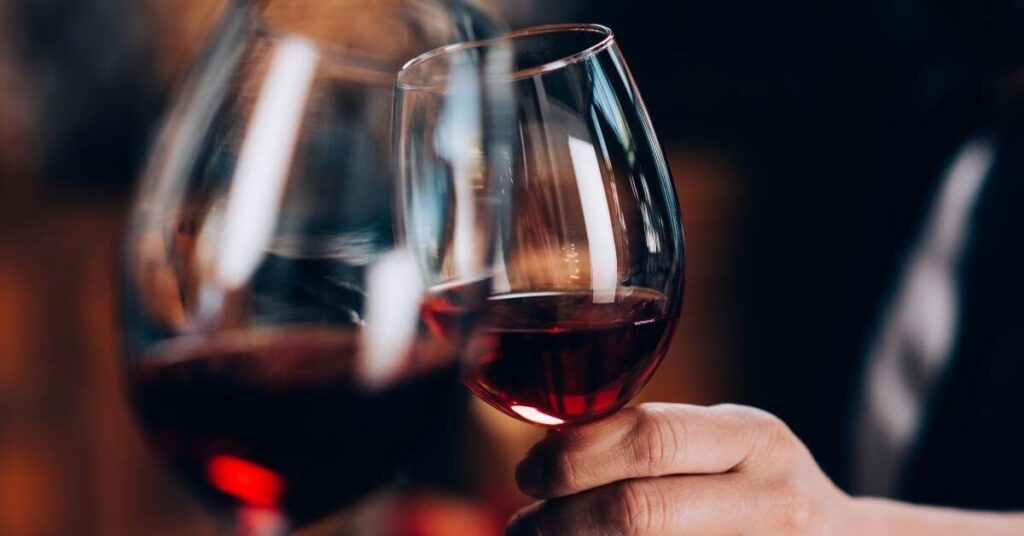
Wine Infused Coffee
Wine-infused coffee is freshly picked coffee beans that have been exposed to wine long enough to absorb the wine’s flavor.
It’s most often made by letting beans sit in wine and soak up the wine’s flavors and alcohol. After the soaking, they’re dried and roasted.
The roasted beans retain the wine’s fruity flavors but contain no alcohol.
Another method of making wine-infused coffee is to age the beans in casks or barrels that were previously used to age wine. This method will impart fruity red notes to the beans, and the barrel’s toasted oak as well, but no alcohol.
Besides red wine, coffee beans can also be infused with whiskey or rum for even more intense tastes.
If you’d like to try a wine-infused coffee, look for brands like:
Related Posts:
- What Is A macchiato? Complete Coffee Guide!
- Lungo Coffee: The Perfect Caffeine Kick!
- Americano Coffee: Facts About This Coffee Drink
- What is A Cortado: All You Need To Know!
What Is Coffee Liqueur?
A coffee liqueur is a sweet drink commonly made by mixing coffee with an alcoholic beverage. While any type of alcoholic drink can be used (except wine), rum is the most common choice.
Coffee liqueur isn’t made to be drunk on its own. Instead, it’s mixed with other ingredients to make cocktails.
Unlike a coffee wine, the coffee here is not fermented. Any type of coffee and any type of alcoholic drink can be used, but often it’s made with instant coffee and rum. And often it’s prepared with cream and sugar as well.
The most famous coffee liqueur you’re likely to come across is Kahlua. However, there are many different types of coffee liqueurs found in many different countries.
History Of Coffee Wine
The first person to ferment coffee into wine was probably some adventurous home-brewer, but no record of it exists. But it’s widely acknowledged that coffee wine was first commercially bottled in the Philippines, just north of Manila.
Coffee has been grown in the Philippines since the 1700s. And while their production has dropped from its all-time highs, there are still a lot of coffee drinkers in the Philippines who like to experiment with their drinks.
Particularly in Cavite, Philippines, there are several towns that produce coffee. It’s from these towns that the first known coffee wines originated.
Currently, the Philippines seems to be the only place that produces and bottles coffee wine for sale.
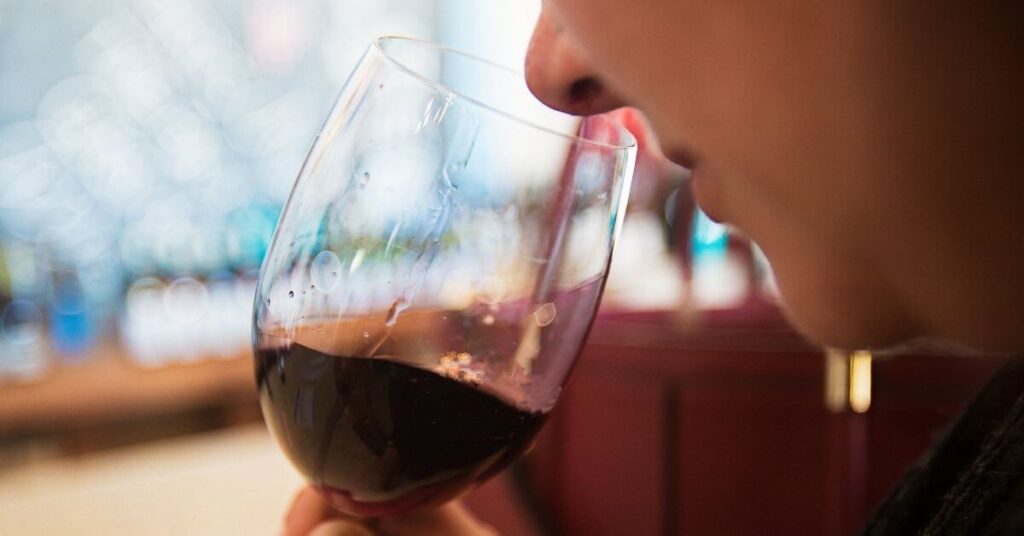
What Does Coffee Wine Taste Like?
Coffee wines are generally described as sweet and have a clear coffee flavor, and citrusy notes. But the taste of your coffee wine can vary depending on:
- the type of coffee used to make it and
- how long it has been aging
Let’s briefly talk about each of these factors.
Type Of Coffee Beans Used To Make Coffee Wine
Coffee wine can be made with instant coffee, cold brew coffee, or even drip coffee. It’s usually made with instant or cold brew coffee though because those coffees can easily be prepared in large batches.
Wine made from instant coffee is robust and has a flavor profile similar to espresso. This fact might not surprise you if you’ve ever drunk instant coffee!
By comparison, cold brew coffee makes a more subtle wine that retains its sweetness while being more mellow.
How Age Affects Your Coffee Wine
Tannins are a chemical found in grape skins. They’re used in winemaking (including coffee winemaking) and have a bitter taste and drying effect in your mouth. The longer your coffee ages, the less harsh the tannin becomes.
So, the younger your wine is, the more bitter and astringent it’ll be. As it ages, it becomes softer and more mellow.
Where Can I Buy Cold Brew Coffee Wine?
Coffee wine isn’t easy to come by. In fact, I’ve only found it for sale at online stores based in the Philippines.
If you try to search for coffee wines to buy, you’re likely to find Apothic Wines’ blend of red wine and coffee.
While Apothic Brew is a completely new taste sensation and definitely worth a try for coffee/wine enthusiasts, it’s not really coffee wine.
You might also find El’s Iced Coffee Wine, which is also a wine-infused coffee and not a coffee wine.
So, instead of trying to buy it, I’d recommend you try making it yourself. In the end, that just might be the easiest and most rewarding way to get your hands on a bottle of tasty cold brew wine.

Can I Make Coffee Wine At Home?
Yes, you can definitely make coffee wine at home. In fact, it’s probably the easiest way to get a bottle!
There are plenty of tutorial videos out there by amateur winemakers and various recipes you can find online for cold brew wine.
If you are interested in how to make coffee wine, in the next section, we’ll quickly summarize the process and give you a fast coffee wine recipe you can use!
How Is Coffee Wine Made?
The home brewing techniques people use to make their coffee wine may vary slightly in the details, but the basic coffee wine process is always the same.
Take some water, and add sugar and coffee beans. Dissolve the sugar in the water and add your coffee to the mixture. After that, add your tannins, yeast, and any other ingredients. Then set the coffee mixture aside to ferment.
That’s the basic process in a nutshell, and as you can see making a coffee wine recipe isn’t difficult. But you will need some tools and items you can get from any wine-making kit.
Next, we’ll give you a recipe adapted from Jack Keller’s and explain some of the variations people have. Then we’ll go over the exact process used to make the wine.
Coffee Wine Ingredients
- ½ lbs. freshly ground coffee
- 2½ lbs. dark brown sugar
- 1½ tsp. citric acid
- ¼ tsp. tannin
- 1 gallon of water
- 1 tsp. yeast nutrient
- Sauterne wine yeast
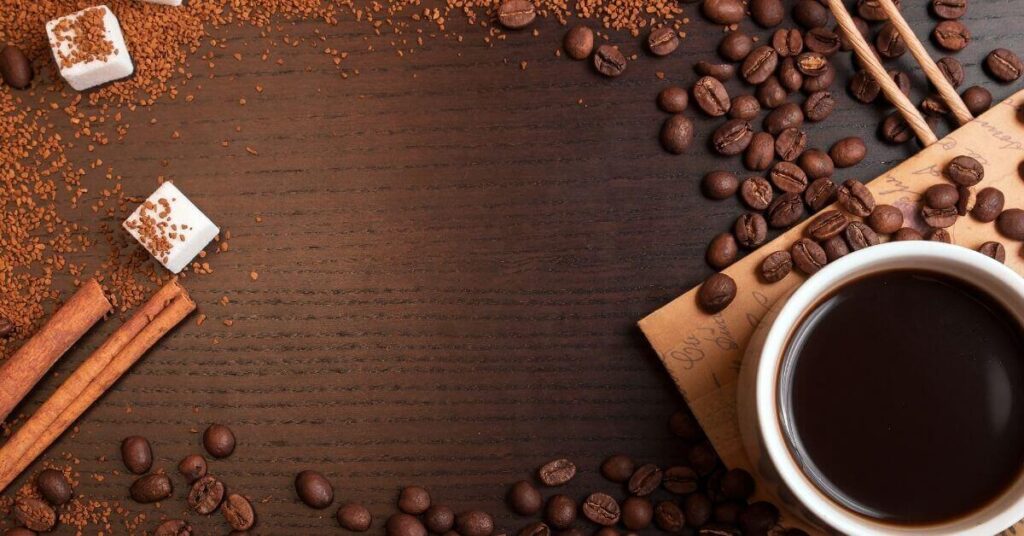
The Process Of Making Coffee Wine
Heat your water, sugar, and coffee
To start, pour your water into a pot turn on the heat, and add the brown sugar. After the sugar dissolves, add the coffee grounds until it begins to boil.
Allow the coffee to cool
Remove the coffee from the heat, cover it and give it some time to cool.
Add the coffee and other ingredients to a container
Grab a secondary container, sanitize it, and add the tannin, yeast nutrient, and citric acid. Strain the coffee into the container (a double layer of muslin fabric works great here) and get rid of the coffee grounds.
Add the activated yeast to the mix and cover the mouth of the container with a napkin held by a rubber band. Once fermentation begins in earnest, place the airlock on top of the container.
Alternative Processes To Making Cold Brew Wine
There are many recipes and processes for making this wine and you may like some better than others. The important thing is to experiment to find what you like.
Here are a few variations we’ve found.
Coffee grounds
Instead of using ground coffee, some people prefer to boil whole coffee beans or instant coffee granules. Some people even prefer to make a cold brew coffee and avoid boiling the grounds altogether.
Brown sugar
You may find some recipes that use white sugar or a mix of brown and white sugar. Feel free to experiment with whatever you like, but brown sugar is said to bring out the coffee flavor more.
Citric acid
If you don’t want to use citric acid powder or a crushed citric acid pill, you can always use lemon juice. In fact, some recipes you find may specifically call for lemon juice.
Tannin
Tannins are an astringent chemical found in grape skins. If you don’t want to use powdered tannin, some people add a little bit of black tea to their coffee mixture or some raisins.
Is Coffee And Wine A Bad Mix?
Taste aside, the caffeine in coffee and the alcohol in wine don’t make a good combination.
The reason is that caffeine is a stimulant and alcohol is a depressant. If you mix the two together, the caffeine can mask the depressant effects of the alcohol.
A highly caffeinated alcoholic drink will make you feel more alert and allow you to drink even more than normal. Leading to more impairment and a higher risk of injury.
So, yeah, it’s not such a good idea.
With that being said, Apothic Brew’s coffee-infused red wine contains less caffeine than a standard cup of decaf coffee. So, even with its coffee-rich taste, you shouldn’t have any problems if you drink in moderation.
However, the amount of caffeine in homemade coffee wine depends on which coffee you use.
When’s The Best Time To Drink Coffee Wine?
Coffee wine is not generally considered a dinner wine, so drinking it with dinner isn’t recommended.
Because of its sweetness, it’s best to drink coffee wine alone or with a dessert.
The same is true for wine-infused coffees such as Apothic Brew or Els Iced Coffee Wine. They’re both sweet wines that would go great with a dessert.
Coffee Wine: The Bottom Line
Coffee wine is somewhat popular among homebrewers, but it’s not something you’ll easily find for sale. If it’s something you’d like to try, your best option is to make a bottle yourself at home.
Even though coffee wine itself isn’t available in stores, there are other alcoholic coffee drinks that you can easily find. Specifically, coffee-infused wines like Apothic Brew, or coffee liqueurs like Kahlua.
And of course, drinking too much caffeine and alcohol together can lead to increased impairment, so always drink in moderation.
If you’ve ever tried cold brew wine, what did you think about it? Let us know in the comments below!
Cheers Coffee Lovers!

KEEP READING
- What Is A Colada Coffee? (A Delicious Cuban Brew!)
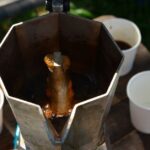
- How To Make Coffee Thicker: Best Tips!
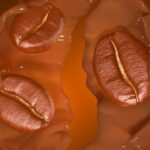
- Coffee Wine: A Delicious Combination To Try?
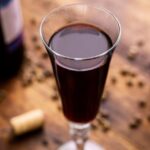
- What is a Macchiato? Complete Coffee Guide!

- Lungo Coffee: The Perfect Caffeine Kick!

- Americano Coffee- Facts About This Coffee Drink


Idalmis is co-owner of Coffee Break Lovers. She is a Cuban coffee enthusiast that is passionate about coffee and coffee culture.
